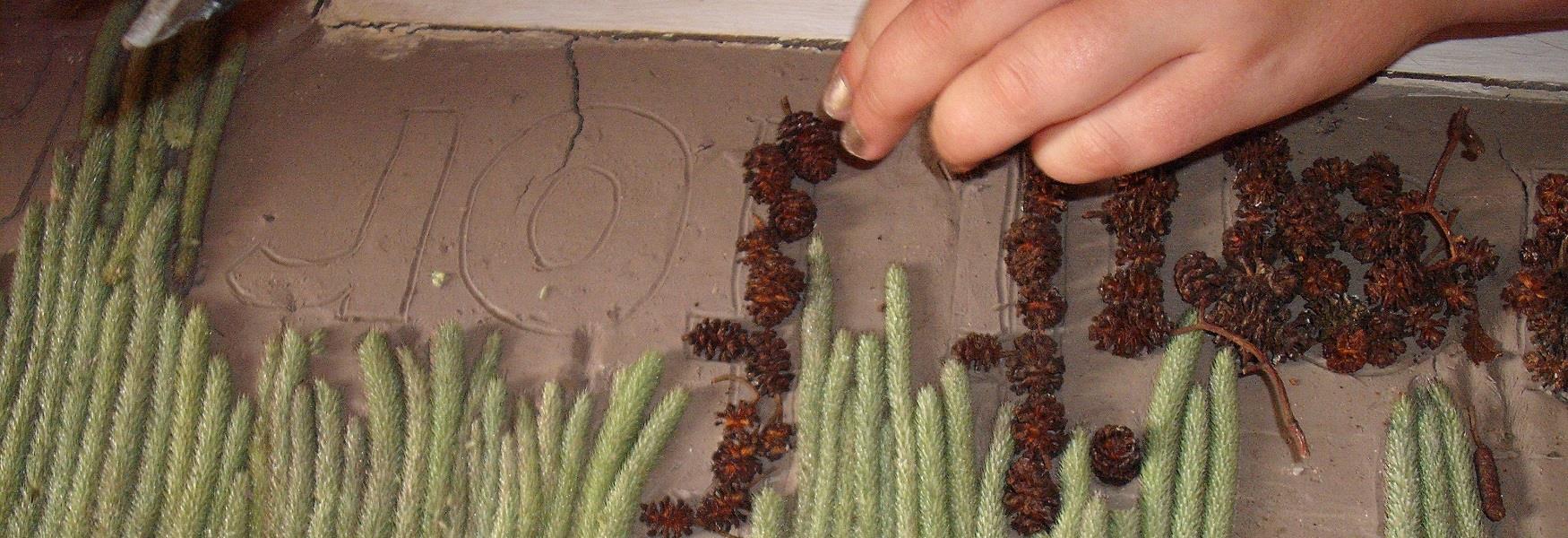You are here: What's On > Well-dressing
Well Dressing
To find out more about the well dressings taking place this year, head to the Visit Peak District and Derbyshire website.
What is this ancient custom that so fascinates the outside world? And why is it only found in Derbyshire?
Well dressing is something of a mystery. It may date back to the Celts – or perhaps even earlier. Could the remote Derbyshire hills have escaped the waves of invasion by Romans, Saxons, Danes and Normans that swept other parts of Britain into new cultures and new customs?
At any rate, the early Christians saw it as water worship – and put a stop to it. But the tradition refused to die. Tissington revived well dressing in 1349 after the village escaped a terrible outbreak of the Black Death that wiped out almost half the people of Britain. Barlow claims it started dressing wells in Elizabethan times, but many places (including Chesterfield, Heath and Holymoorside) began ‘tap dressing' when piped water first came to town.
So how are such intricate and detailed pictures made using only what Nature provides? Each dressing is set in a huge wooden tray – perhaps as high as a tall man, maybe four feet wide, and over an inch deep. This ‘tray' is thrown into the local pond or river to soak, hauled out and filled with soft, wet clay.
The artist brings the design, drawn full size on thin paper, and smoothes it over the clay – then the work begins.
First, the outline of the picture has to be transferred to the clay, and every village has its own way of doing this. In Elmton they use black wool, in Coal Aston they use small pieces of wood (called ‘barking').
The next stage is to ‘colour in' the picture. At Dronfield Woodhouse, this is called ‘petalling', but in Cutthorpe it's called ‘flowering'. Why? Because they use whole flower heads rather than individual petals.
Flowers aren't the only things that make up a well dressing picture. Chesterfield well dressers use rowan berries, eggshell, peppercorns, pumpkin seeds and even, on one occasion, a seashell.
Whichever method is used, a well dressing takes up to 7 days of work, by a whole team of people, to finish. And it will only last about a week before the clay dries and cracks, and the flowers fade. Then it's taken down and the boards stored away – until next year.
.png)







